Pixel peeping: the 12 biggest camera and photography trends of 2022
We predict next year's biggest photography stories
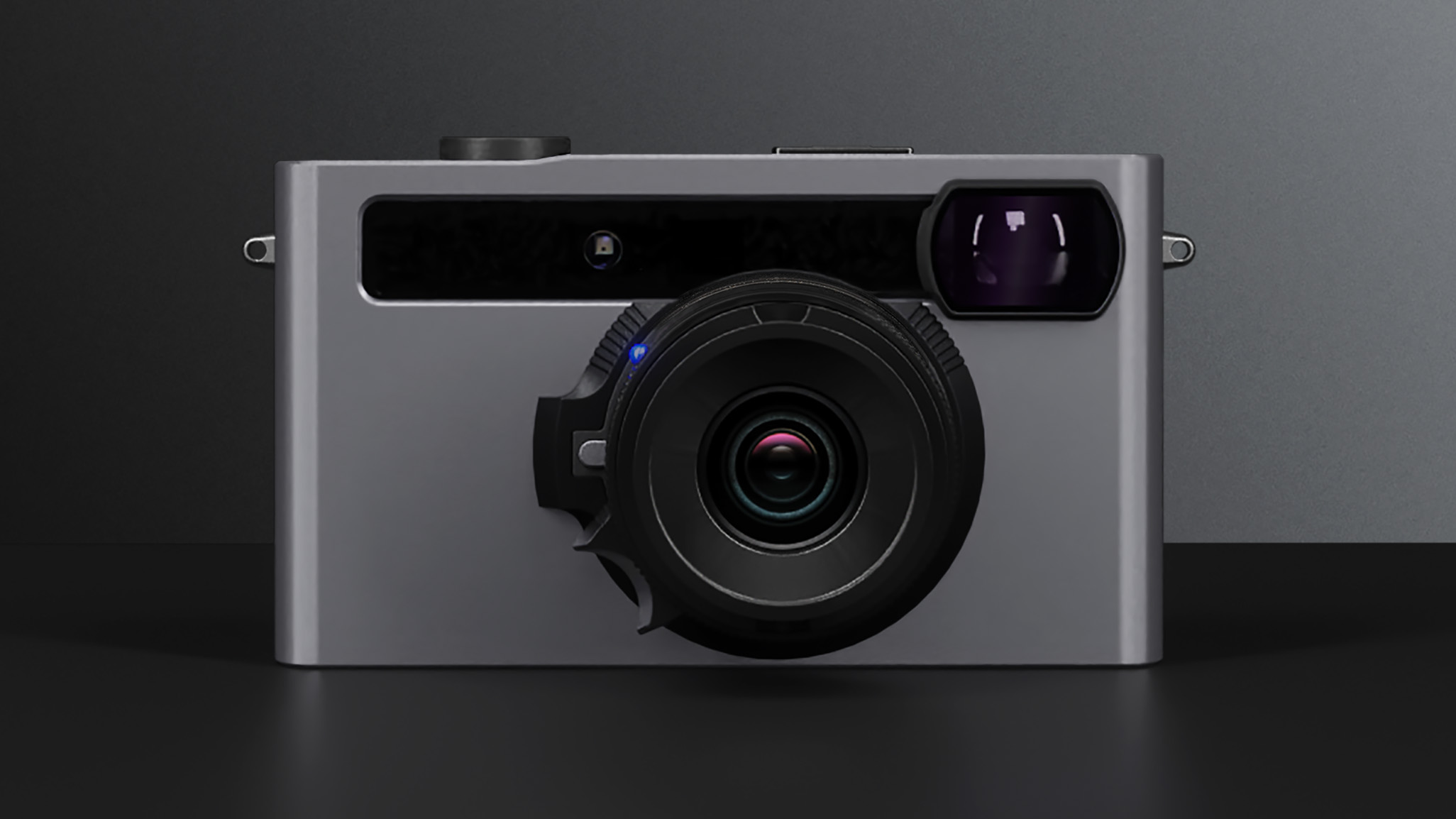
The world of photography is changing so quickly that even the fastest telephoto lenses can't keep up. But it's also an exciting time for anyone with a penchant for snapping – and it's about to get even more fascinating in 2022.
Whether you shoot with a smartphone, film camera or a mirrorless powerhouse, this year has brought some ground-breaking tech that continues to redefine both cameras and photography. From AI photo editors to stacked sensors and weird viral tech that animates your old family photos, photography has certainly had its boundaries pushed in all directions over the last 12 months.
But how will this all shake out in 2022? We've turned our telephoto gaze to the new year and made our predictions below. Not all of the stories are positive (spoiler: it's still going to be really hard to buy some new cameras). And we've overlooked more niche developments like the expected arrival of tilt-shift autofocus lenses on Canon cameras, or business-focused concepts like NFTs, in favor of broader trends.
Whatever your photographic experience or style, though, there should be some eye-openers in our list of the biggest camera and photography trends of 2022 below – starting with the rapid rise of in-game photography...
- These are the world's best cameras for photography
1. Photo modes get photo-real
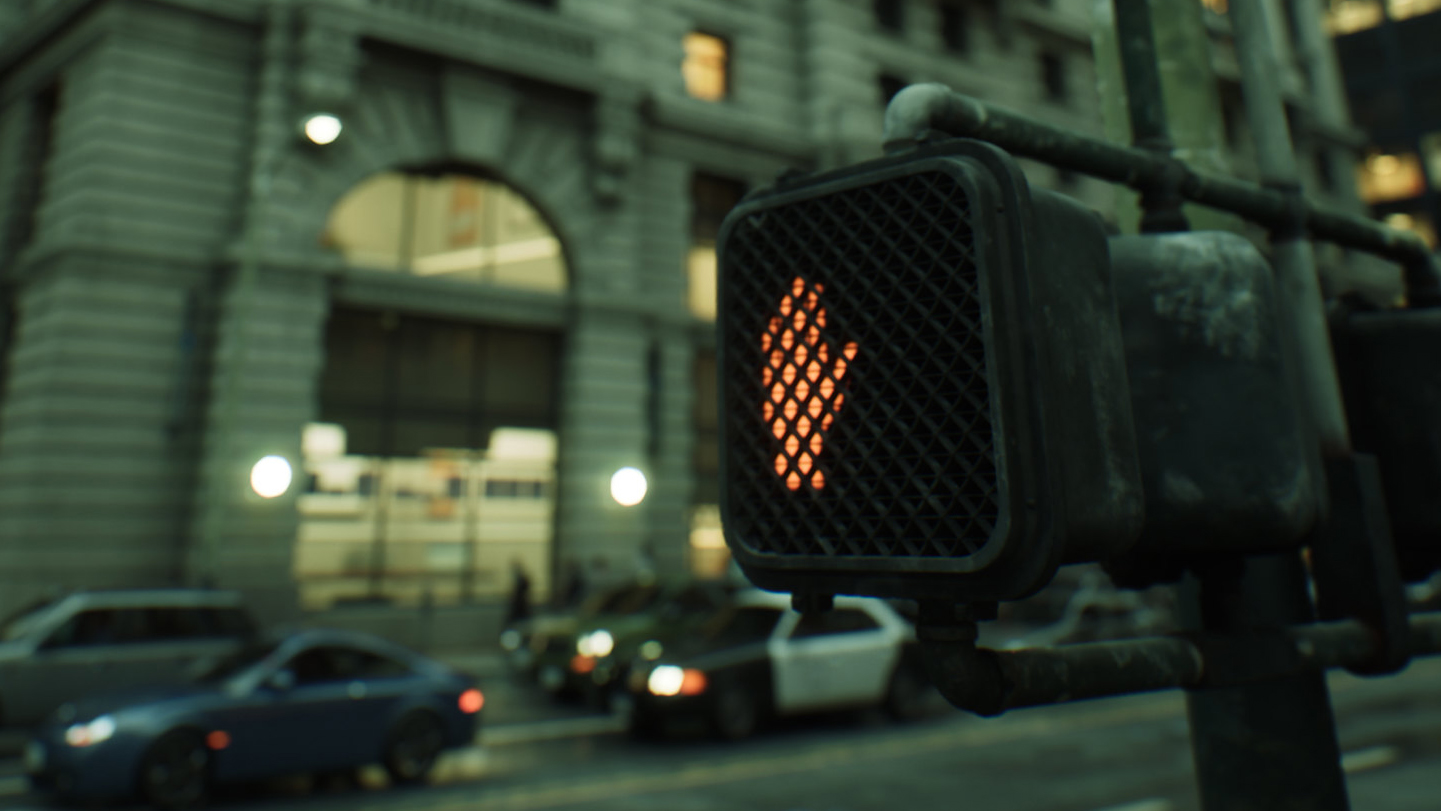

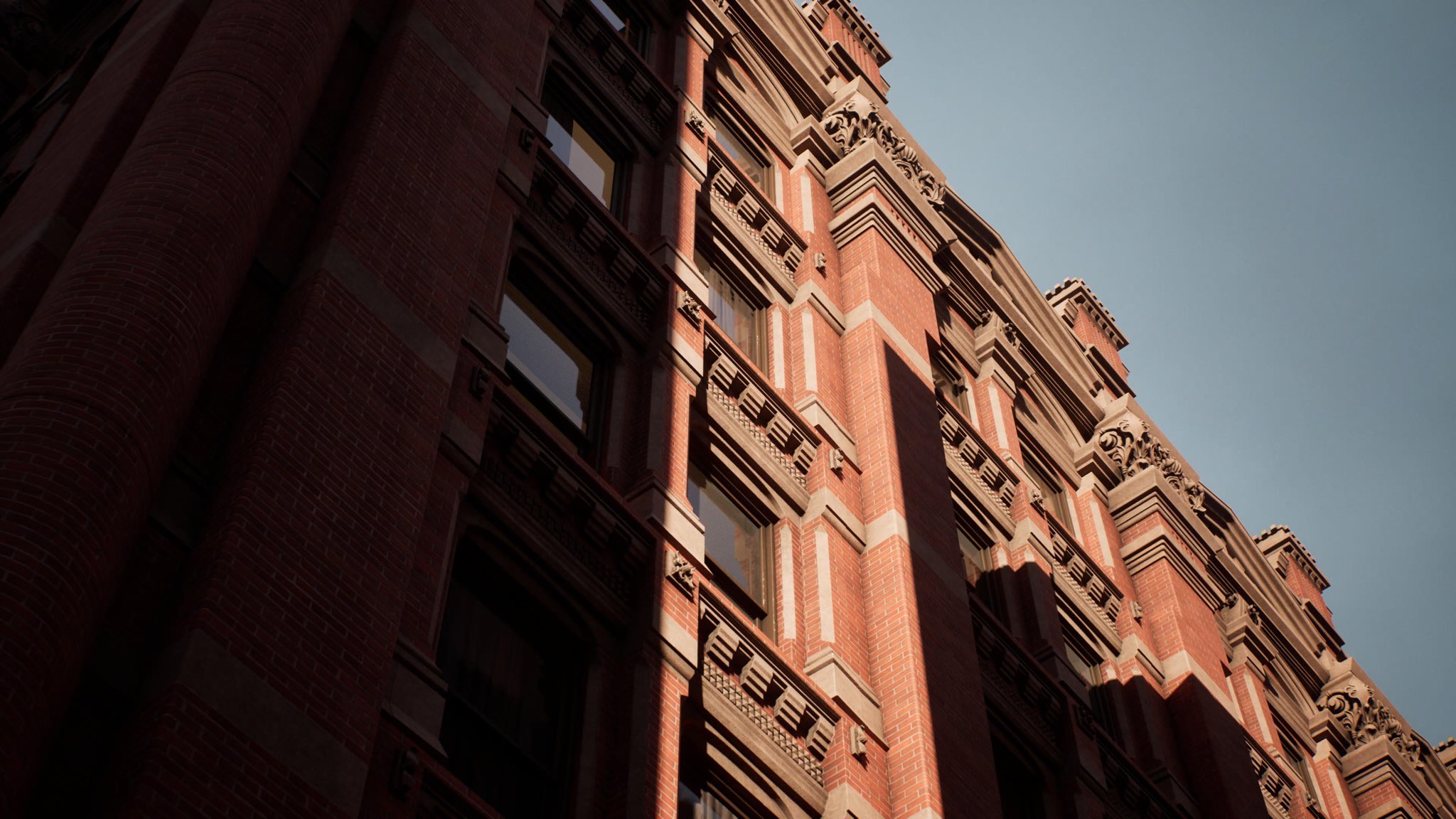
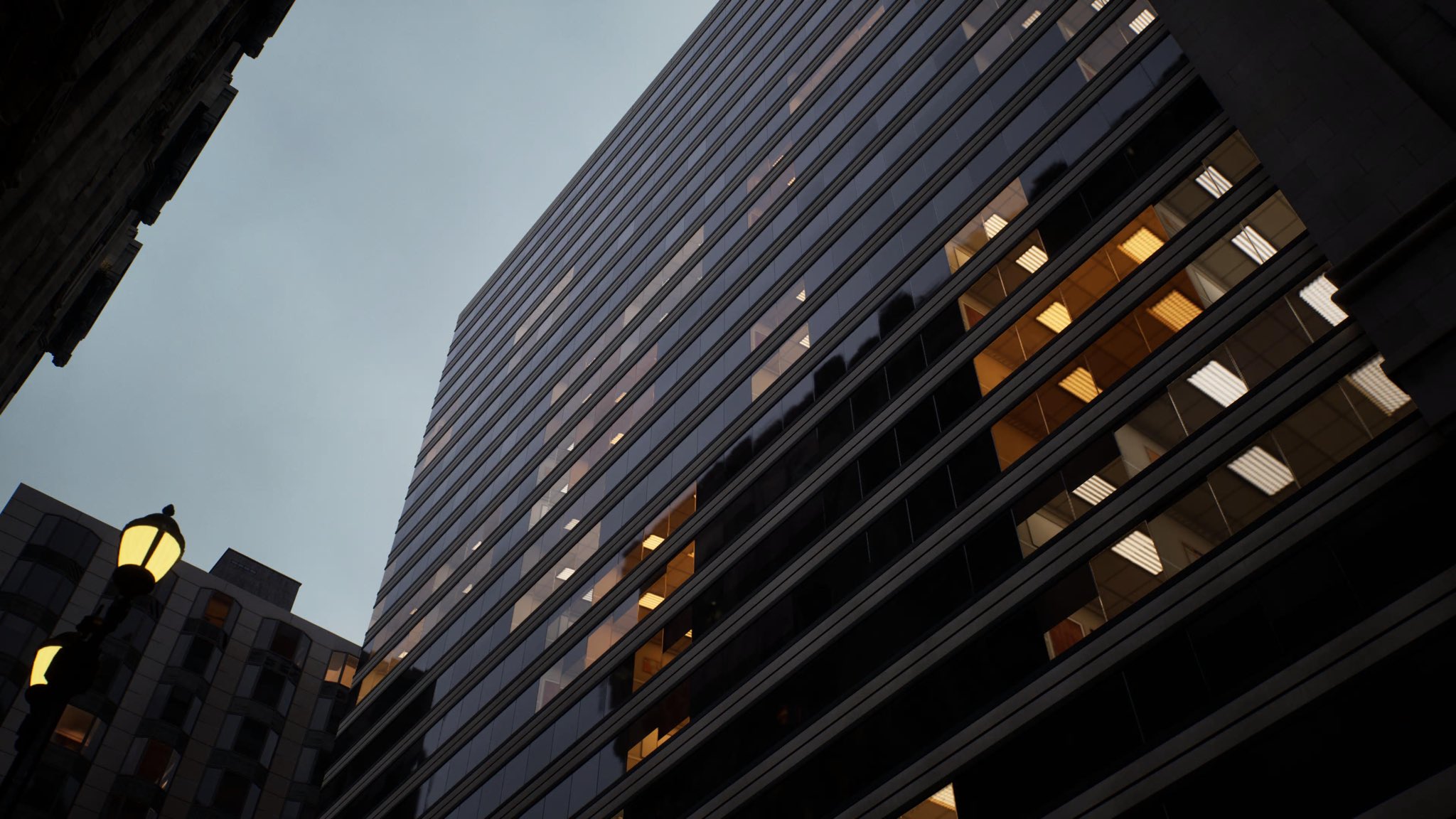
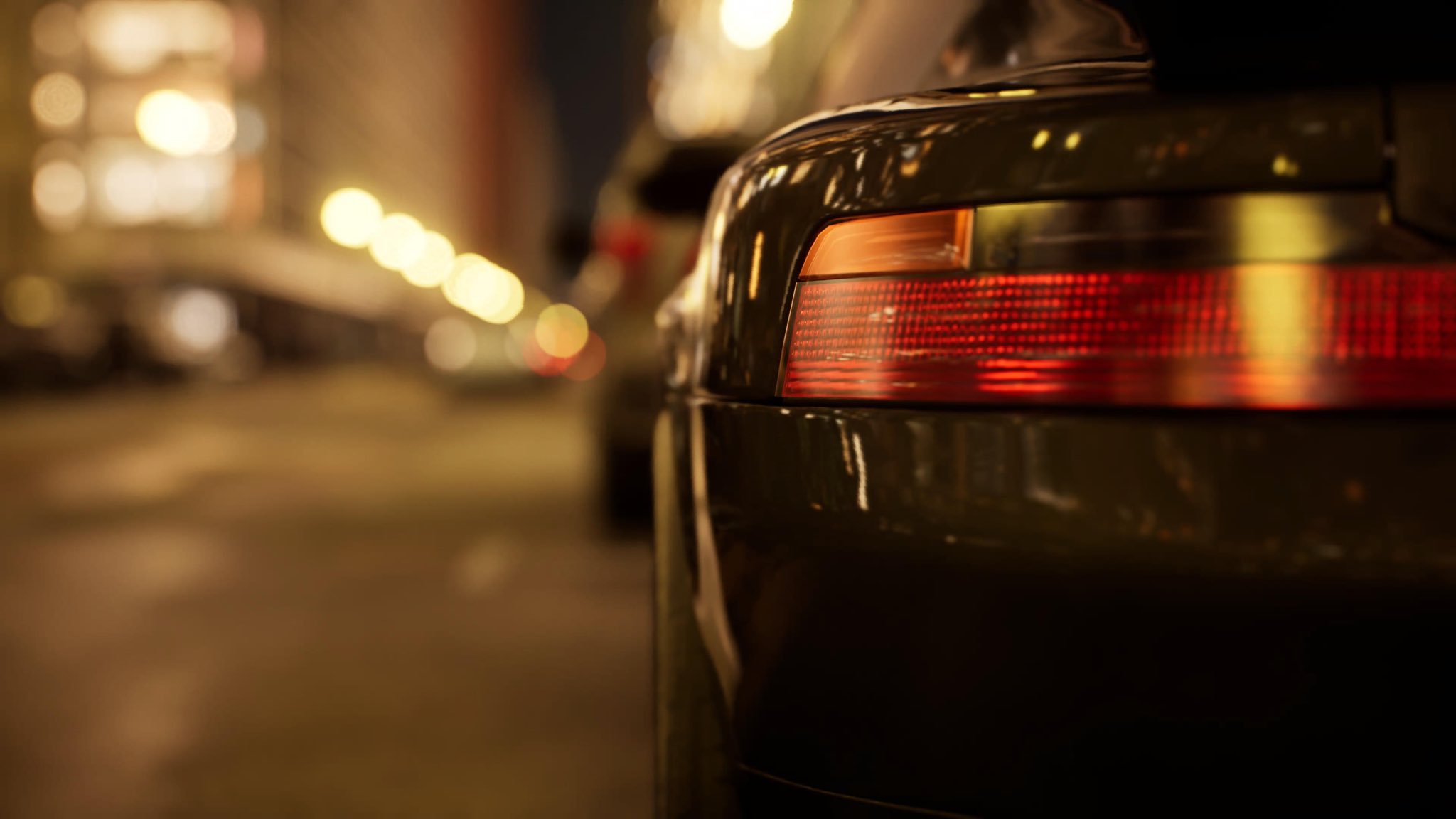

This time last year we were having a blast with the Cyberpunk 2077 photo mode, which gave us everything from adjustable apertures to vignettes. But in 2022, in-game photography is about to go up a notch – particularly if the recent The Matrix Awakens: Unreal Engine 5 Experience is anything to go by.
The demo shows the incredible, photo-real power of next-gen consoles, and includes an impressive camera mode. You can change the aperture, focal length, exposure compensation – and even the position of the sun in the sky. With social media platforms like Twitter effectively banning real-world street photography, it's a refreshingly open place to take snaps.
Could the next big street photographer be a virtual-only artist? It's a bit soon for that, but it's hard to think of a better playground for pandemic-hit beginners to learn the fundamentals of light, composition and depth of field.
Get daily insight, inspiration and deals in your inbox
Sign up for breaking news, reviews, opinion, top tech deals, and more.
2. AI editors get much smarter
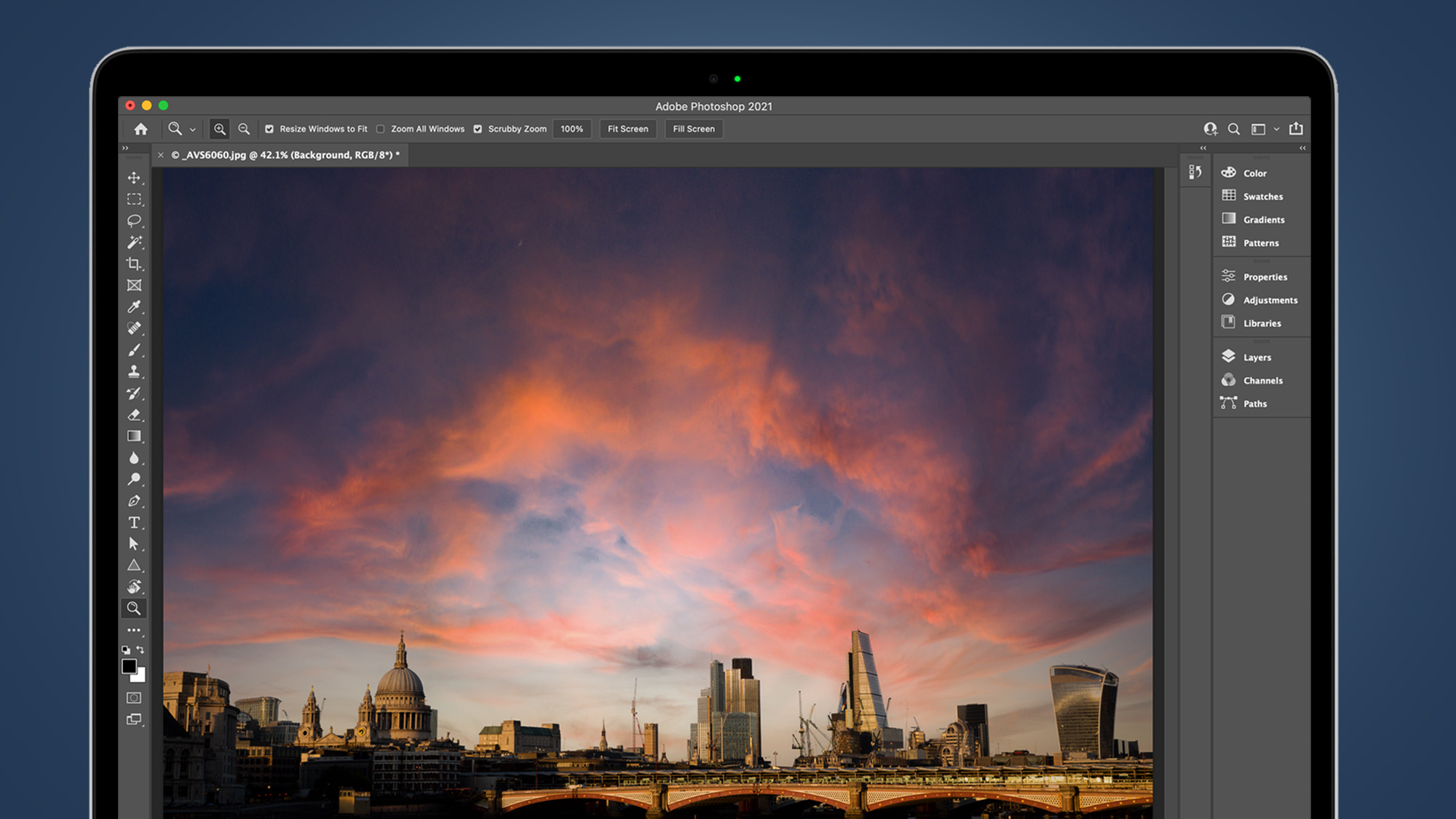
Like the computational photography wars being waged between smartphones, desktop photo editors like Photoshop and Luminar AI are also scrambling to outdo each other with new AI tricks. As we'll see in 2022, that battle is only just getting started.
We've already seen hugely impressive 'sky replacement' tools from both Luminar and Photoshop, with the latter's 'neural filters' also adding a tool called Depth Blur for adjusting your depth of field. But Luminar will fight back in February 2022 with the launch of Luminar Neo, a more fully-featured desktop editor with new tools like Face AI, Composition AI and, yes, even AI Power Lines Removal.
Effectively, we're seeing the rise of robot photo editors, and the results are far from a gimmick. A professional TechRadar photographer was left fretting about his future after using 2021's AI editing tools, and with impressive Photoshop plug-ins like Retouch4me getting on the act, the machine-powered editors will only get better in 2022.
3. The camera shortages continue
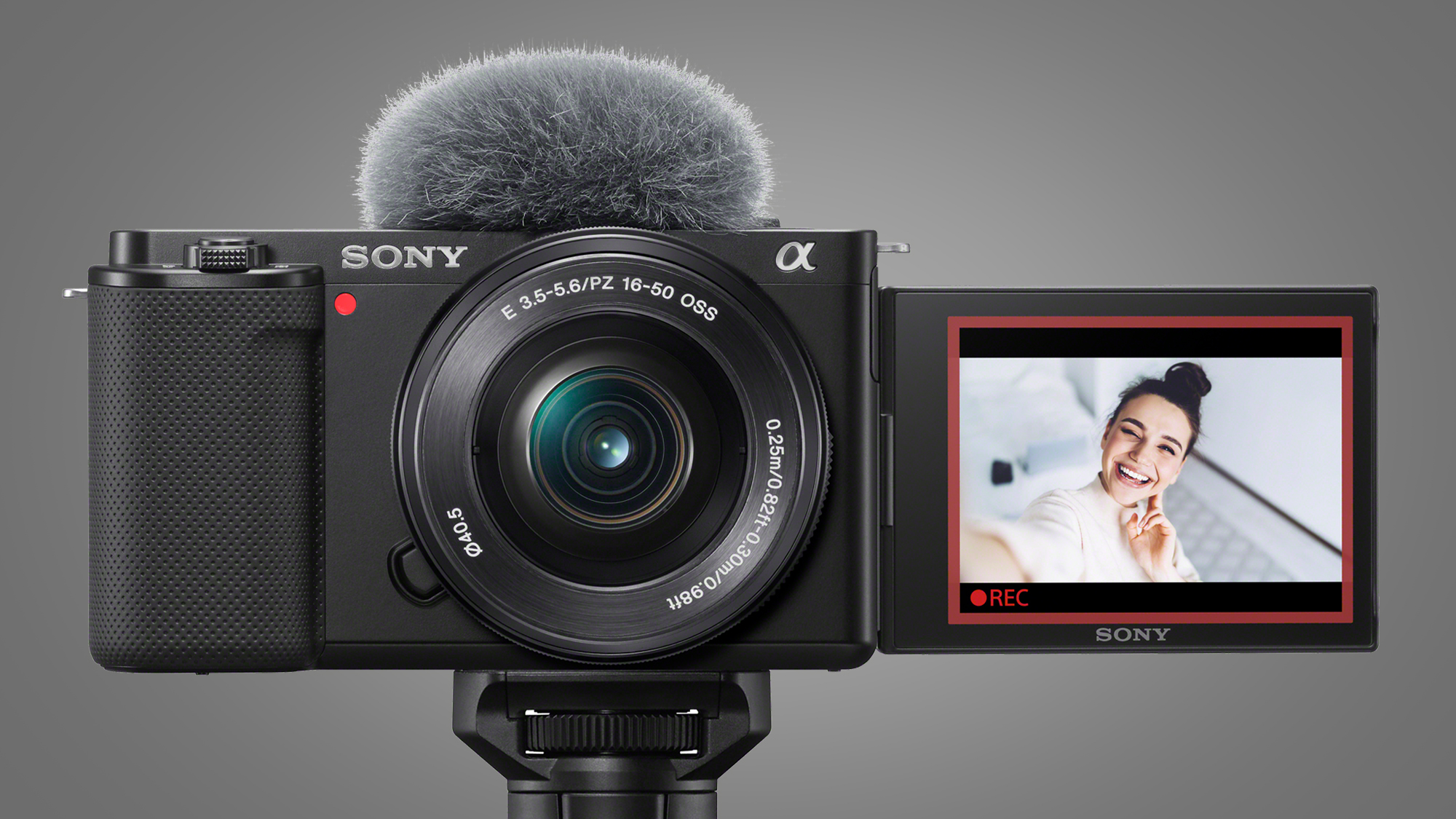
A slightly less exciting trend for photographers, particularly those looking to upgrade their cameras, is that the stock shortages we've seen in 2021 are likely to continue into next year.
The global chip shortage recently forced Canon to admit that new orders of its biggest release of the year, the Canon EOS R3, "may take more than half a year to deliver". It wasn't alone either, with Sony also suspending orders of the Sony ZV-E10 in early December, just five months after it was announced.
Anyone who's tried to buy a PS5 or graphics card recently will know this is a tech-wide issue. But the recent supply chain issues show that the cameras shortages are unlikely, as some had hoped, to ease up in early 2022. Our advice? Learn how to get more from your current camera, and treat any new launches as a bonus.
4. Photographers enter a post-Instagram world

Instagram head Adam Mosseri recently announced that the app is "working on a version of a chronological feed", which it "hopes to launch next year". This is good news for those who've missed the feature since it disappeared in 2016, but it's unlikely to stem the exodus of photographers from the Facebook-ified service.
With Instagram seemingly more keen to be a home for memes, videos and e-commerce, photographers have been searching for new virtual homes for their snaps in 2021. The most promising was the arrival of Glass in August, though that app's appeal remains limited by its iOS-only availability and subscription model.
Alternatives like Flickr continue to live on, while Waldo Photos offers private photo-sharing. But will we see new contenders in 2022? It's certainly possible – and we'll hopefully even see more innovation like Galeryst (above), which lets Lightroom users go beyond the feed and host their own virtual photo exhibitions.
5. Stacked sensors kill the mechanical shutter
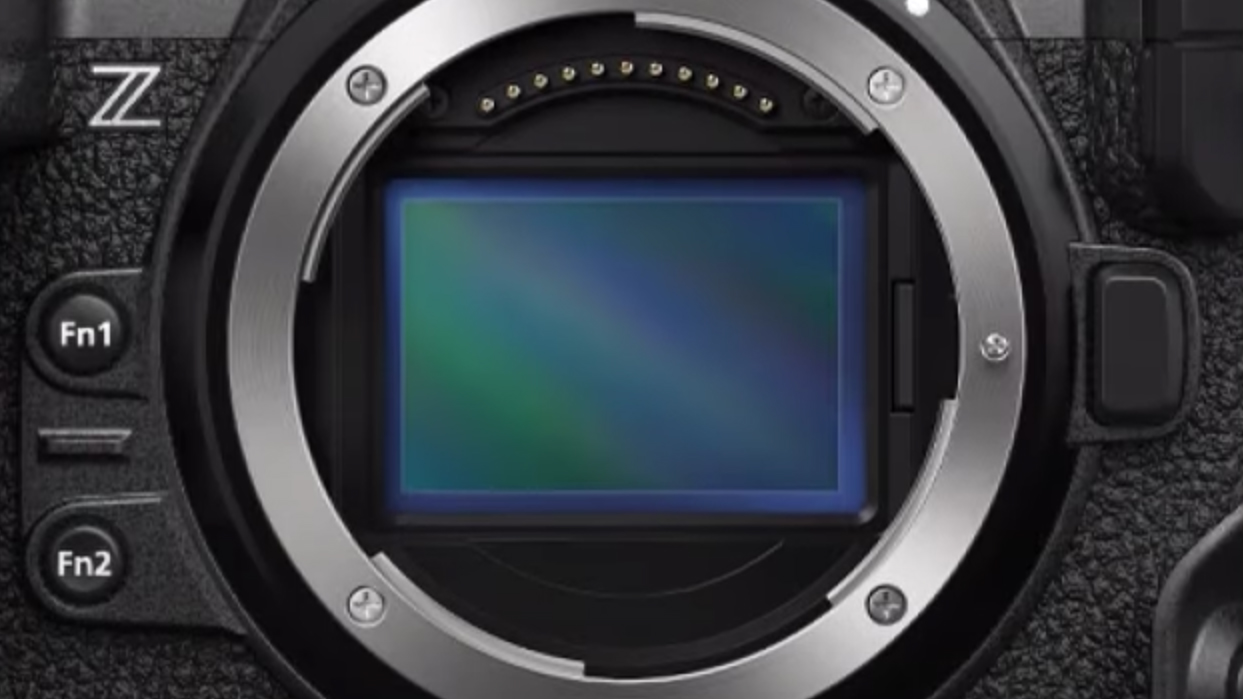
Before you don some black clothes to mark the demise of the camera's mechanical shutter, that physical curtain isn't going anywhere yet – but this year will show that it's certainly on the way out.
This year, we saw the Nikon Z9 – a professional powerhouse – become the first stills-focused camera to arrive without a mechanical shutter. The reason for this bold statement? So-called 'stacked sensors', which deliver incredibly fast read-out speeds, mean that the traditional downsides of electronic shutters (like the rolling shutter 'jello' effect) have been largely resolved. In this scenario, old-school mechanical shutters are an unnecessary complexity.
This means that high-end cameras will increasingly offer a completely digital shooting experience, with virtually no moving parts. Good for reliability and simplicity perhaps, if a shame for those who like a more tactile, physical experience. If you're in the latter camp, don't worry – stacked sensors remain very pricey, so will remain the preserve of premium cameras in 2022.
6. Film cameras continue to bounce back
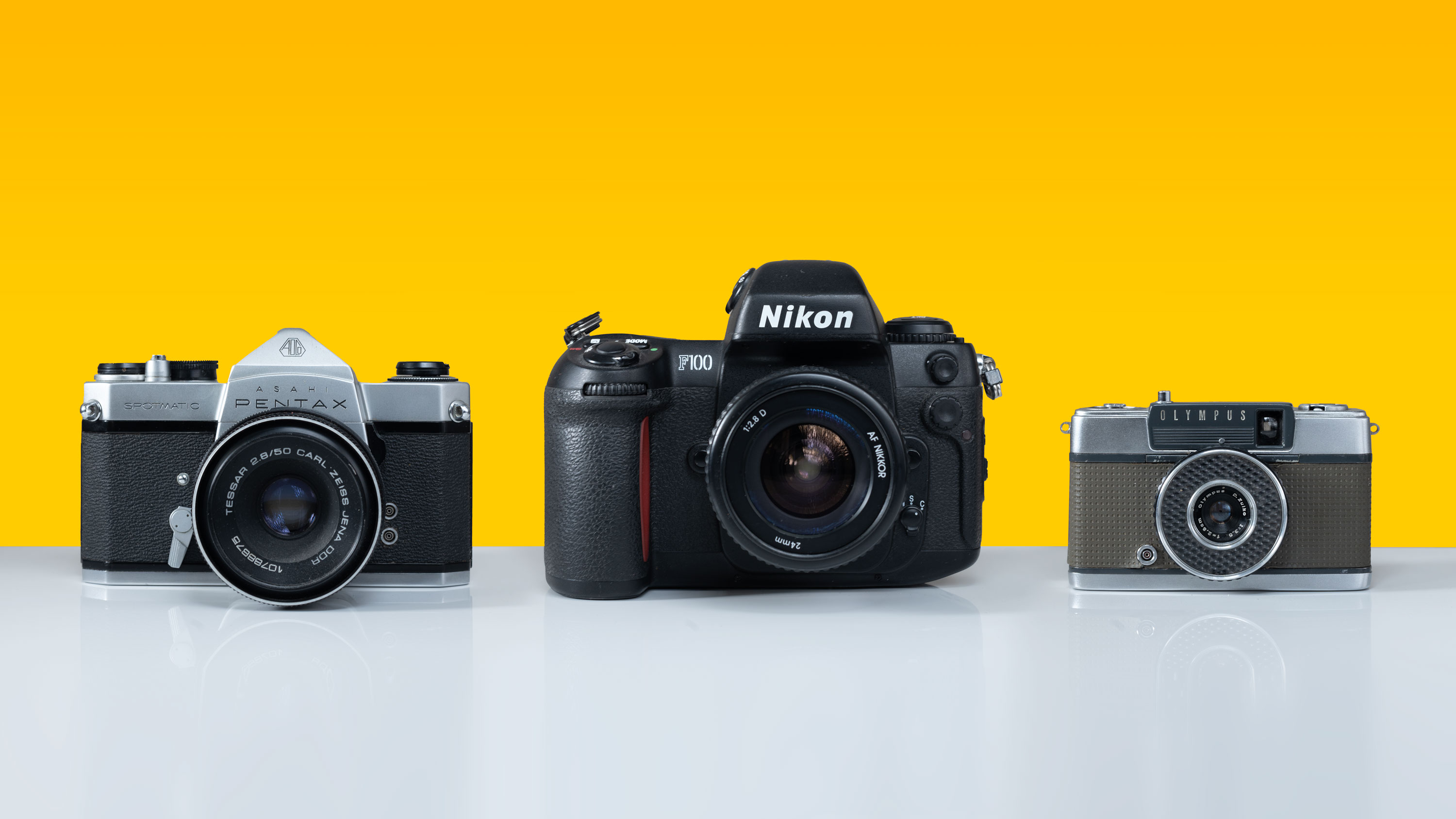
Just like in music, there's been a slight kickback against an all-digital world in photography. And while film cameras will never match the vinyl resurgence, which benefits from a steady flow of new music, there are signs that they'll continue to at least hold onto their existence in 2022.
It's difficult to get precise figures for film camera sales, but the anecdotal evidence points to a continued revival in popularity. The retailer Ffordes recently told Amateur Photographer that "film sales have gone crazy" this year, "to the point where we are struggling to get in enough stock to meet demand".
A glance at the second-hand prices of film classics on eBay hints at a popularity spike, too. Stalwarts like the Canon AE-1, Nikon F3 and Pentax K1000 continue to command premiums that were unheard of a few years ago. Nikon has even cashed in by remaking one of its film icons, the Nikon FM2, into a digital model called the Nikon Z fc. And with apps like Dispo recreating the disposable camera experience on phones, there's plenty of life in the resurgence yet.
7. Deepfakes go deeper

Before 2021, deepfakes were considered to be more of a video-themed trend / threat to global democracy. But that changed in February when a new AI tool called 'Deep Nostalgia' tech went viral thanks to its ability to animate our old family photos – and we never looked at our Uncle Bob in quite the same way again.
Naturally, the tech divided internet opinion, with some enamored with the newfound opportunity to 'meet' old relations, and others branding it a one-way trip to the uncanny valley. But whatever you think about this new form of machine learning, it isn't going away – and we'll likely see it hit the headlines again in 2022.
D-ID, the Israeli company behind MyHeritage's 'Deep Nostalgia' tech, recently announced a multi-million dollar deal with the genealogy company to "develop new AI photos for historical photos". Expect to see even more realistic animations of old relatives, and disturbingly realistic fake Tom Cruise videos, in 2022.
8. Smartphones up their lens game
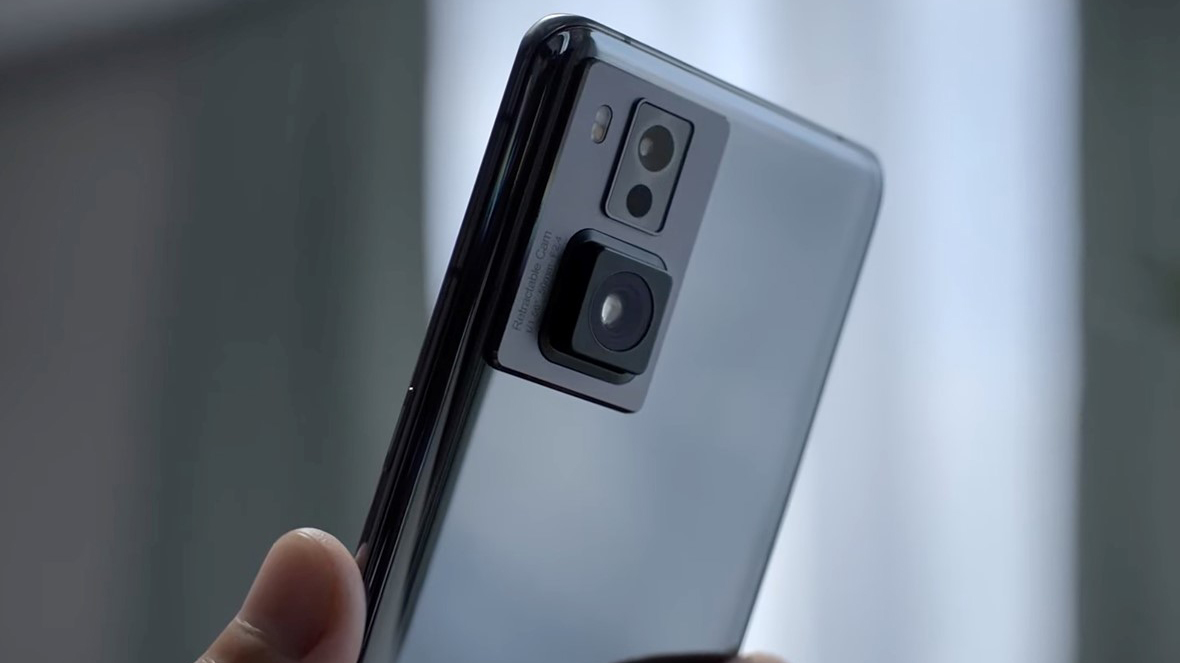
We've heard a lot about smartphone sensors in the last few years, but 2022 could see their lenses grab finally some of the limelight. It'll still a bit too early for liquid lenses and metalenses to go massive, but other tech is bubbling to the surface.
This month, Oppo showed off a concept phone with an old-school, retractable camera module (above). This intriguing design packs a 50mm f/2.4 camera with 2x optical zoom into a phone that's only 8.26mm thick. It's a lens design we used to see on compact cameras, though this one strangely doesn't give you the benefit of variable focal lengths. Still, the phone will apparently retract the lens automatically when it senses it's been dropped.
Elsewhere, the latest rumors suggest that the Samsung Galaxy S22 Ultra will have a macro lens, which could see it match the impressive iPhone 13 Pro. But will the iPhone 14 finally bring periscope zoom lenses to Apple's phones in 2022? The latest speculations suggests these won't arrive until the following year, which means lenses (at least in Cupertino) still have some evolving to do.
9. Computational video takes off
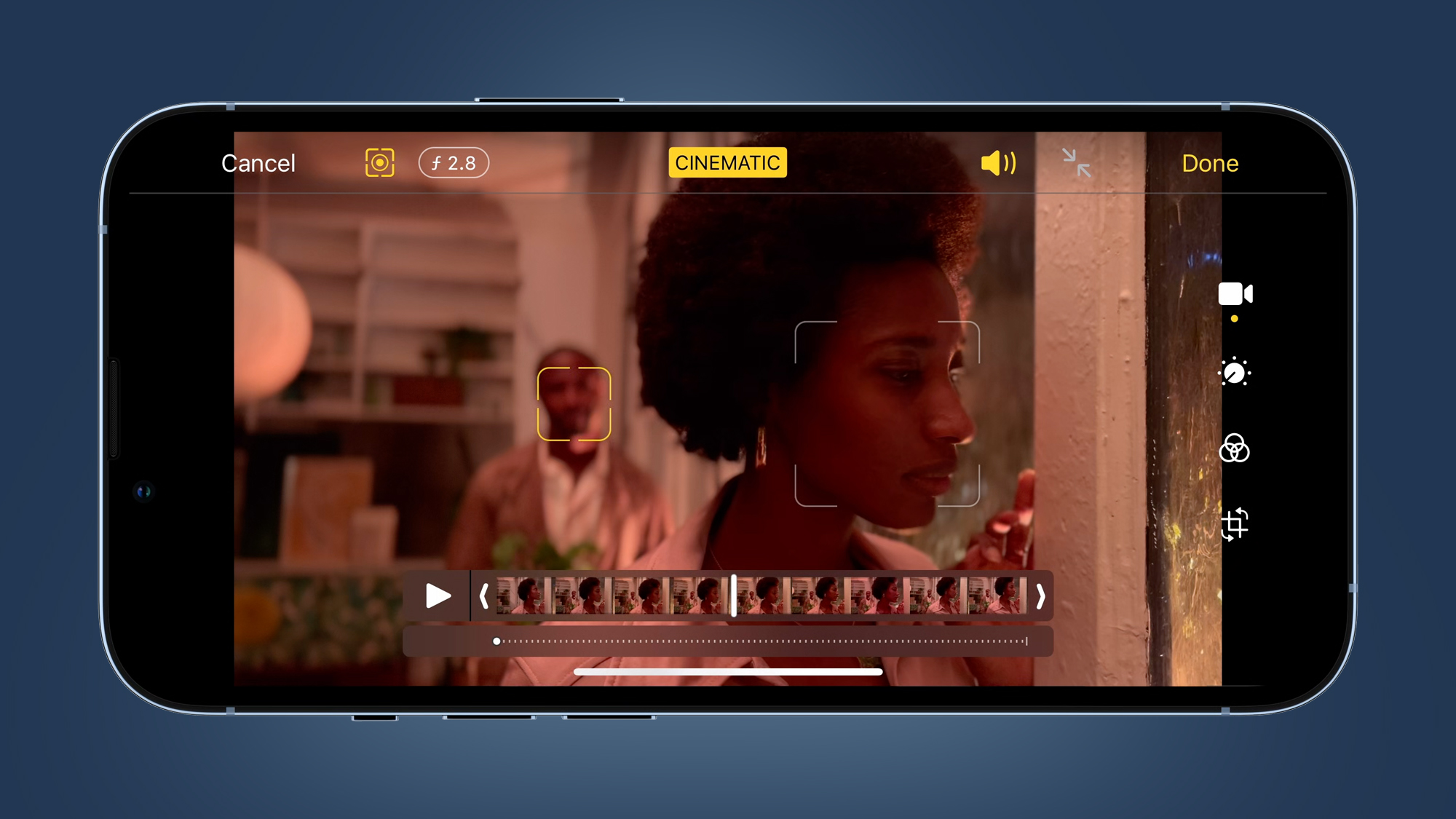
This year we saw the first proper shots fired on the new smartphone camera battlefield: computational video. As the name suggests, this close cousin of computational photography sees effects like virtual bokeh and HDR applied to moving images instead – with the considerable challenge being that this is applied to a minimum of 24 frames per second, rather than a single photo.
That today's flagship smartphones, in particular the iPhone 13 and Google Pixel 6, are capable of doing this shows the incredible brute force of their processors. The iPhone 13's 'Cinematic mode', powered by the A15 Bionic chip, delivers shallow depth-of-field and focus transitions, albeit only at 1080p quality. And the Google Pixel 6's new Tensor processor is able to apply HDR enhancements to every frame of a 4K/60p video.
Naturally, our smartphones are still a few years away from being able to reliably compete with the larger sensors and high-quality optics of mirrorless cameras. But the fast improvements we saw in their 'Portrait modes' are coming to computational video, and we'll likely see its next strides in 2022.
10. The autofocus wars heat up
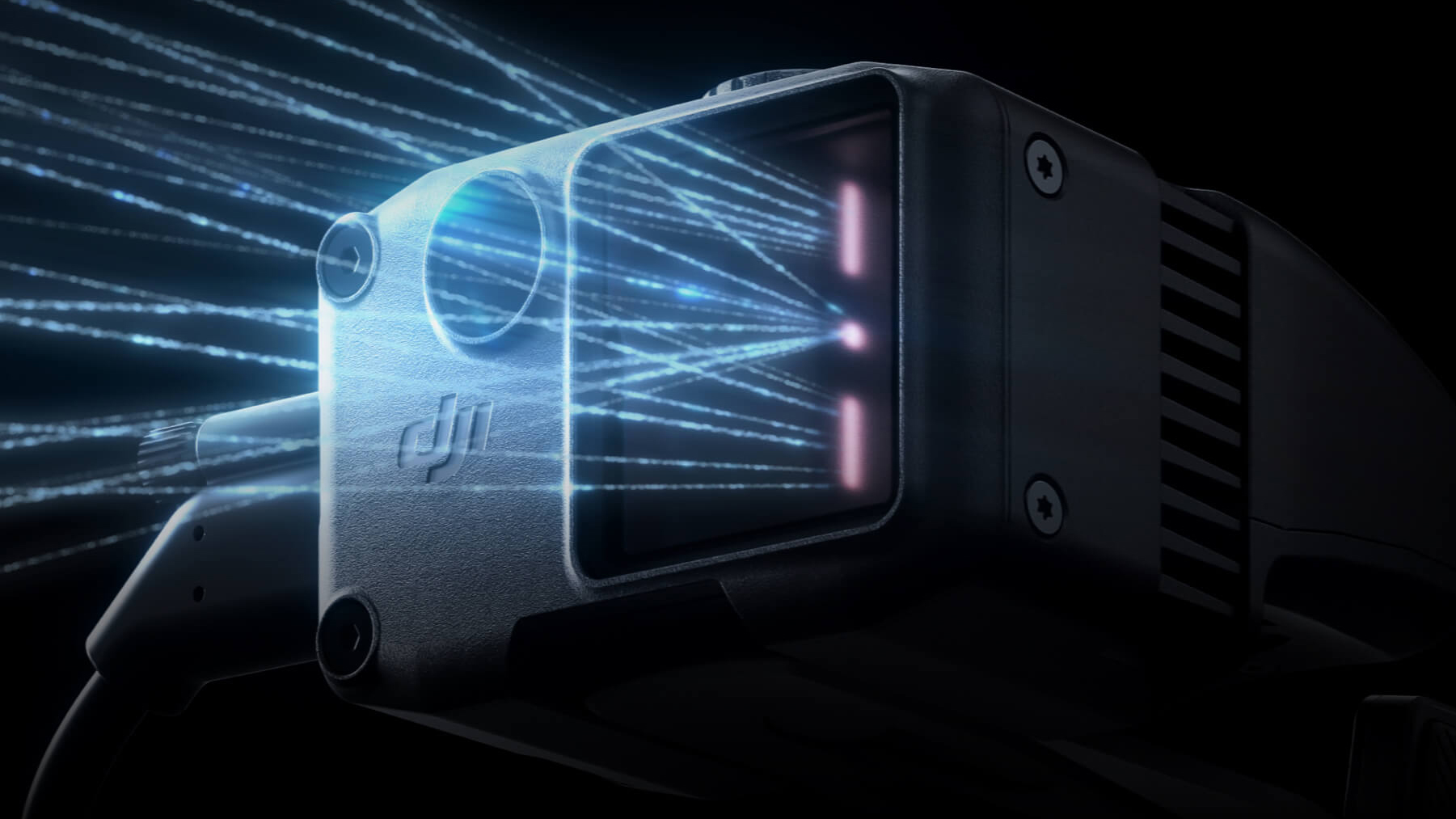
The mirrorless camera equivalent of the smartphone computational photography wars is 'AI autofocus'. With every new camera launch, a new AF tracking mode is added. Sony delivers Animal Eye AF, so Canon and Nikon respond with Motorsport tracking – and so the one-upmanship continues.
There are signs, though, that this autofocus battle is about to get even more spicy in 2022. Firstly, Canon delivered an impressive Eye Control AF on the Canon EOS R3, which moves the focus point around the frame depending on where you're looking in the viewfinder. In certain situations, such as shooting sport, that's a hell of a lot easier than fiddling with an AF joystick.
But it was an even more futuristic form of autofocus, using Lidar, that really got us excited in 2021. Showcased by the unique DJI Ronin 4D, this laser-based form of AF even works in complete darkness, and can be used with manual lenses, too. The downsides are that it doesn't work in subjects that are over 10m away and current phase-detect AF systems are still more accurate. But we're looking forward to seeing where Lidar autofocus goes in the world of mirrorless cameras.
11. Medium format flirts with the mainstream
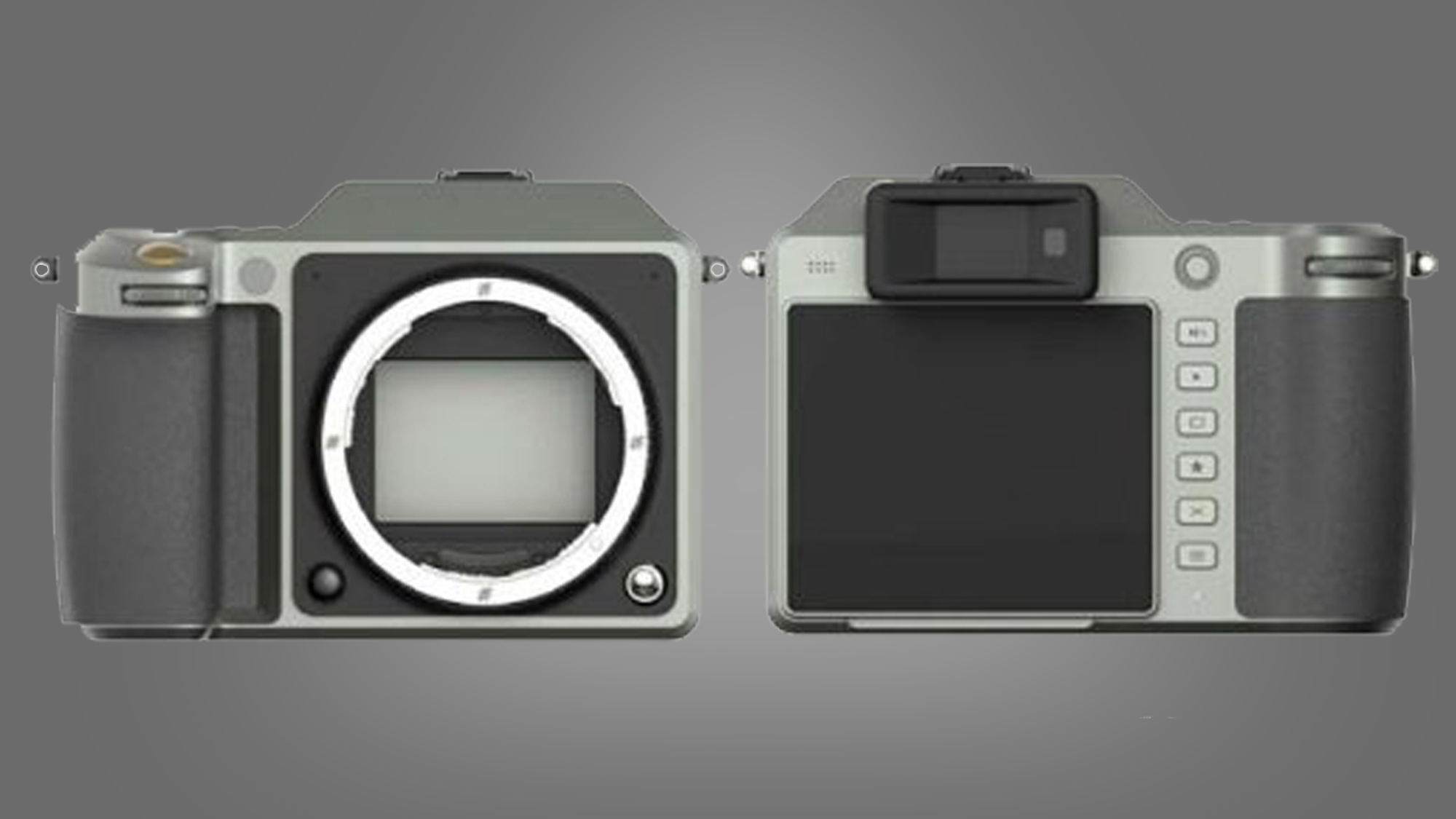
Over the past five years we've seen medium format cameras, whose sensors are about 1.7x larger than full-frame, go from being niche beasts that lived on studio tripods to genuine handheld options for everyday shooting. The main driver for this has been Fujifilm's GFX system, but there are rumors that a familiar foe could re-emerge in 2022.
We know that Fujifilm is aiming to launch a 20-35mm wide-angle zoom and 55mm f/1.7 lens for its GFX cameras in 2022. But there is also speculation, based on a document from a couple of years ago, that DJI is planning to launch a new medium format camera based on the Hasselblad X1D chassis. If so, it might just bring a new focus to video shooting that's been absent on Hasselblad's previous models.
Not that you necessarily need a medium format sensor to get super-detailed, high-resolution shots. The full-frame Sony A7R IV achieved something similar with its Pixel Shift Multi Shooting mode, and there are rumors that a Sony A7R V could arrive in 2022 – albeit towards the end of the year, due to the chip shortage.
12. New players enter the game
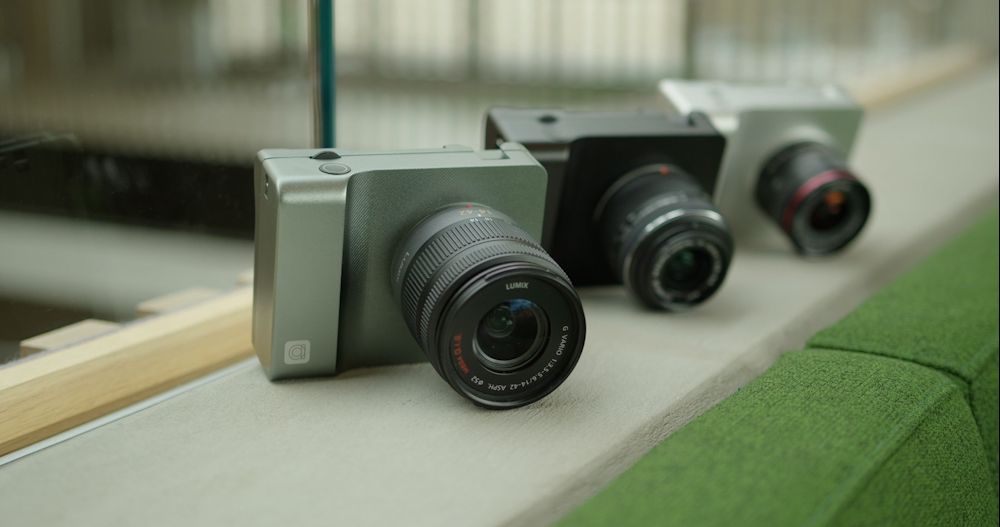
The camera world is known for being a closed shop beyond the traditional Japanese giants of Canon, Nikon and Sony, but there are signs that some young upstarts could sneak in through a side-door in 2022 with some fresh ideas.
The long-awaited Alice Camera is a particularly interesting example. Expected to arrive in April 2022, it combines a Micro Four Thirds with your phone, which slots into the back and provides a modern menu system via a companion app. Interestingly, Alice Camera will also use some AI trickery built on the Pixel's trailblazing innovation and Google's Edge TPU chip, including AI-powered autofocus.
That crowdfunded project follows the recent arrival of the second-generation Pixii Camera, another independent offering that also brings new ideas like internal storage options and stunning retro-futuristic rangefinder looks. Will others follow their lead in 2022? We certainly hope so.

Mark is TechRadar's Senior news editor. Having worked in tech journalism for a ludicrous 17 years, Mark is now attempting to break the world record for the number of camera bags hoarded by one person. He was previously Cameras Editor at both TechRadar and Trusted Reviews, Acting editor on Stuff.tv, as well as Features editor and Reviews editor on Stuff magazine. As a freelancer, he's contributed to titles including The Sunday Times, FourFourTwo and Arena. And in a former life, he also won The Daily Telegraph's Young Sportswriter of the Year. But that was before he discovered the strange joys of getting up at 4am for a photo shoot in London's Square Mile.